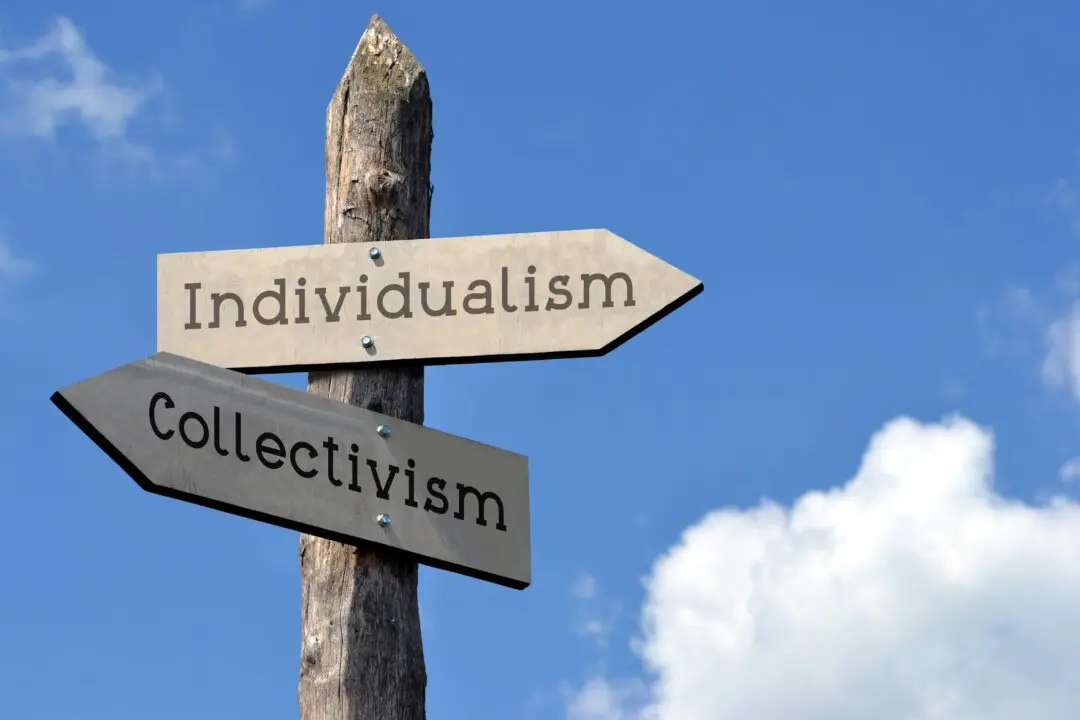Commentary
If you have a house for sale, you might want to get in front of the market and lower the price dramatically now. I know it hurts, but housing prices are highly sensitive to 30-year mortgage rates. The higher the monthly payment goes, the lower the price paid for the home itself will be.





